Category Archives: Essays
Facadism: “Who Goes There? Speak up or get a facelift!”
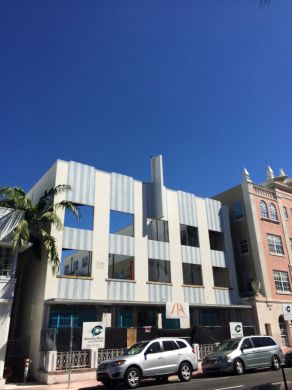
Written on December 3, 2014 at 10:49 am, by Kara Pickman
As the artist Nick Lobo told me over pisco sours at SuViche, Miami is a resort that grew, and grew some more, but it’s still a resort—a place where people come to get away from wherever and whatever they’re from, and whoever they were previously connected to, for a while or forever. The tourist hustle and the short con are as old as the sea and as new as that day’s sunlight. Visitors are welcomed, sized up, and fleeced in endlessly inventive ways that pepper the conversations of locals. Visitors who stay longer begin to welcome, size up, and fleece newcomers, in turn.
Thinking Outside the Academy
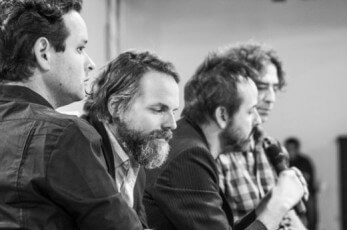
Written on December 3, 2014 at 10:48 am, by Kara Pickman
While Miami’s art scene is often faulted for lack of depth and conceptual rigor, there is enough intellectual energy here for a group of eight artists (spearheaded by Odalis Valdivieso and Lidija Slavkovic) to organize Fall Semester, a two-day rapid-fire conference where internationally recognized scholars, critics, and theorists came together to consider the city—especially this city, situated on the northern frontier of the global South.
Excited Delirium: Graffiti and Miami
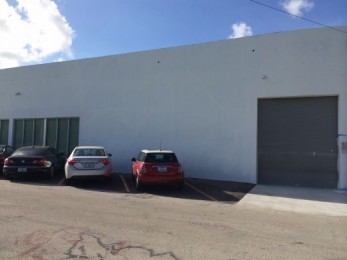
Written on December 3, 2014 at 10:48 am, by Kara Pickman
Early on the morning of August 6, 2013, officers of the Miami Beach Police Department spotted REEFA tagging his name on a closed-down McDonald’s. He was adding his tag to a mix of signs and other graffiti that was already plastered on the walls. REEFA, standing at 5’6” and weighing roughly 150 pounds, ran from about six cops until he was cornered a few blocks away. After allegedly resisting arrest, he was knocked to the ground then stunned in the chest with a Taser by officer Jorge Mercado. As the officers celebrated, the suspect went into cardiac arrest. Once delivered to Mt. Sinai Hospital, as stated in the police report, Israel Hernandez “expired.” All he got up on the wall was the ‘R’ in REEFA.
MiamiHistory / HistoryMiami
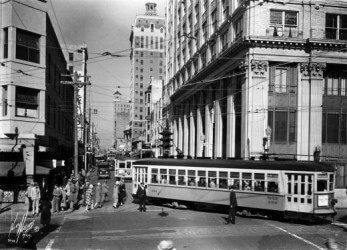
Written on December 3, 2014 at 10:46 am, by Kara Pickman
When I tell new acquaintances that I direct Miami’s history museum, invariably they assume I’m making a joke. “Miami?” they gasp. “It doesn’t have any history!”
Until The Marrow Spills
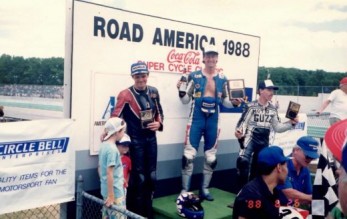
Written on September 13, 2014 at 8:55 am, by Kara Pickman
My grandfather raced on the beach course at Daytona in the late ’40s and early ’50s. Two miles up the beach sand and two miles back down A1A. He was never seriously injured but bore close witness to a spectator being struck by racers and all parties losing their lives. My father began racing in the early ’60s as pavement tracks took precedent over dirt. As speeds increased so did injuries, and he saw his fair share challenging to be one of America’s best. He learned early that broken bones were merely an inconvenience, rather than a deterrent from doing what he loved. At 12, he ran over his own leg at the now defunct Hialeah Speedway. A month later he cut his cast off with a hacksaw and decided not to return to the doctor.
The Beachhead of the Global South
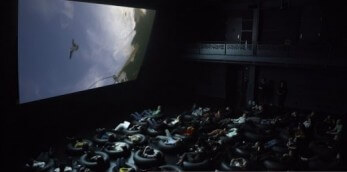
Written on September 13, 2014 at 8:35 am, by Jessalyn Santos-Hall
Much has been said about the ways that Art Basel has transformed Miami’s relationship to the international art world. Once a year in December, when it’s cold and gray in New York, London, and Berlin, the art jet set congregates in the waterfront hotels of South Beach to buy art, talk shop, cut deals, and party hard. Over the last 12 years, the number of fairs has grown from one to around 20, attendance numbers have reached six figures and the cash injection into the local economy is now estimated at over $500 million a year. The media hype stresses the benefits of high-profile culture, which, like it or not, spurs gentrification on the one hand, and public and private investment in local cultural institutions on the other.
Berlin Biennale 8
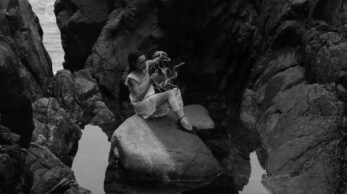
Written on September 13, 2014 at 8:28 am, by Jessalyn Santos-Hall
Until 2006 it was still possible for the entire Biennale to be hosted inside the KW Institute as well as in vacant buildings in the Mitte neighborhood. But recent development in the neighborhood has forced Biennale’s curators and organizers to expand to venues outside of the city center. While this may have extended travel times between venues, it introduced the artists and audience to parts of the city outside of the expected cultural hubs that have flourished over the years. Most importantly, as noted by Gabriele Horn, Director of KW Institute, it came to reflect the “diversity, social and spatial heterogeneity, dynamism, mobility, and simultaneity of different urban areas that opens up the varied potential for the city’s future and its multiple publics.”
My Journey With Aeroflot: Adventures in the Estonian Contemporary Art World
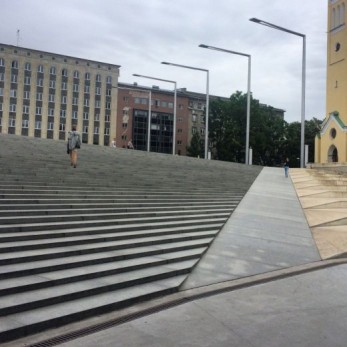
Written on September 13, 2014 at 8:24 am, by Jessalyn Santos-Hall
Efficient and peaceful, the Tallinn airport was a marked improvement upon infernal Miami International. The cab driver’s English was better than those in Miami. Come to think of it, everything here seemed better than Miami, especially the weather, which was worse than Miami’s, but simply by being bad offered a change and, with that, excitement. “Nothing is harder to bear than a succession of fair days,” Goethe says. Luckily, with its near-constant cloud cover and regular showers, I didn’t have to worry about that in Tallinn.
Miami As Idiom
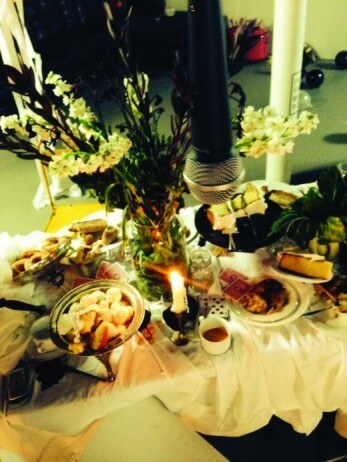
Written on September 13, 2014 at 7:33 am, by Jessalyn Santos-Hall
If any city is poised to invent its own idiom, it is here.
In this sprawled out, inconclusive phrasing of a city.
If Miami were punctuation it would be a colon: porous and prophetic.
A Landmark Proposal
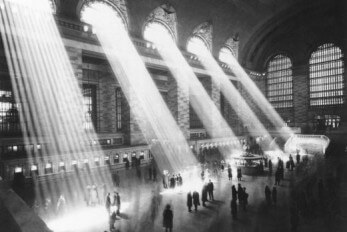
Written on September 12, 2014 at 5:46 am, by Kara Pickman
In 1994, when I was Chief Curator for Architecture and Design at the Museum of Modern Art, I testified before the Commission on Chicago Landmarks in favor of protecting the 1951 Arts Club of Chicago designed by Mies van der Rohe. For my troubles I got called a carpetbagger in the city’s newspaper of record. Since then, I have come to realize that name-calling is standard practice in preservation “debates.”
I’ve been involved in a few other efforts to protect landmarks, but I don’t consider myself a preservationist. Why? Because the “ist” in preservationist implies an “ism,” an ideology. And the ideology of preservation—or how it is should operate in practice—is never very clear, at least not to me. Perhaps that is why name-calling is so prevalent as the typical preservation debate plays out like a media smackdown between private property owners and preservation activists, generating more heat than light.
